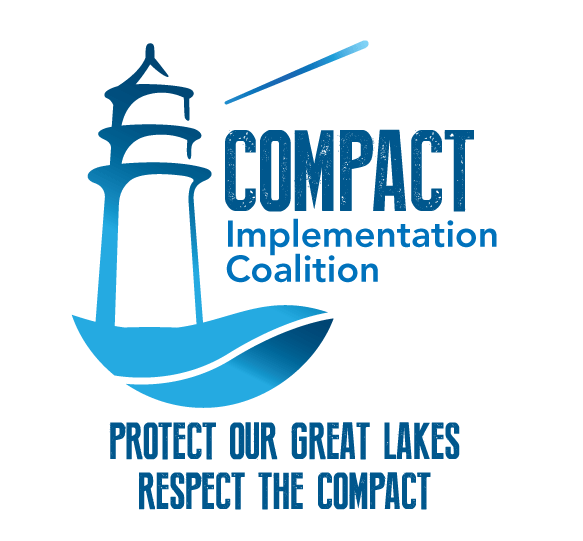Marketplace: Waukesha: A spa town that took its water for granted
Waukesha: A spa town that took its water for granted, February 3, 2015
Author: Sarah Gardner
My hometown of Waukesha, Wisconsin, is surrounded by water. There are creeks and rivers. The fourth biggest lake in the world, Lake Michigan, lies 17 miles to the east. Every year the city gets an average 34 inches of rain and 40 inches of snow. Yet Waukesha has a big water problem. Its deepwater wells are contaminated withradium and salts, and now the city needs to figure out a new source of drinking water. How did a city in such a water-rich state get into such a pickle?
Waukesha’s water story started out well enough. In the late 1800s the town was known as the “Saratoga of the West.” People flocked there in summer, 25 trainloads a day, to drink cold, pure water from dozens of mineral springs around town.They thought the water could cure such ailments as diabetes and depression. John Schoenknecht, author of “The Great Waukesha Springs Era: 1868-1918,” says Waukesha water was so prized that when a savvy entrepreneur tried to pipe it down to Chicago for its world’s fair in 1893, townspeople nearly rioted, fending off his work crews with pistols and rifles.
Eventually the springs and fancy summer resorts there fell out of fashion. Most of the springs were paved over or dried up as the city developed. But Waukesha’s reputation for good water survived, even when grittier industries moved in, including many foundries. All the factories needed water. To meet the demand the city drilled new wells, some nearly 2,000 feet deep, into the sandstone aquifer.
When my family moved there in 1969, Waukesha was a suburb with almost 40,000 people. Dairy farmers just outside the city’s borders were selling their land to developers who wanted to build new subdivisions. “They were just coming into City Hall like crazy wanting to annex,” says Paul Vrakas, 87. He was Waukesha’s mayor during much of the city’s growth spurt. “It was like having a tiger by the tail, and I think we did a great job,” he says.
If the city hadn’t annexed all the new subdivisions that wanted city water, developers would have built them anyway, Vrakas says. But on oversized lots with private wells and septic systems that eventually would fail. “We, of course, had the treatment plant, state-of-the-art treatment plant and municipal water,” he says. “So it made sense for the city to accept the growth and do it properly.”
Read the complete article here.
